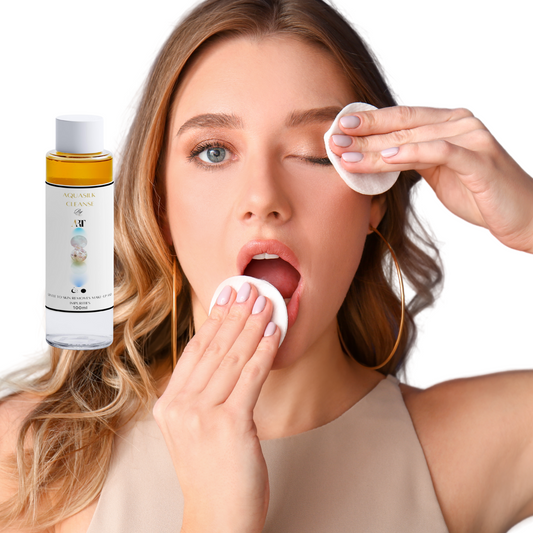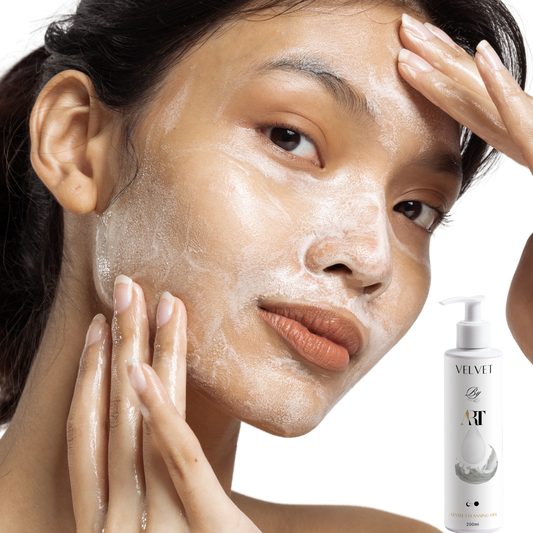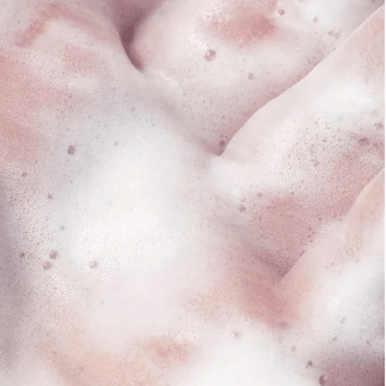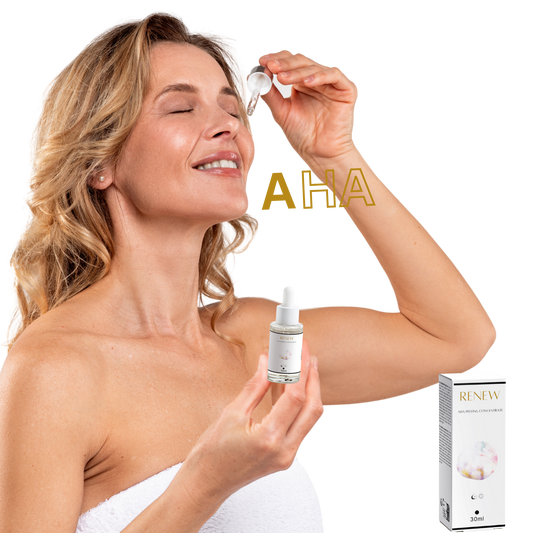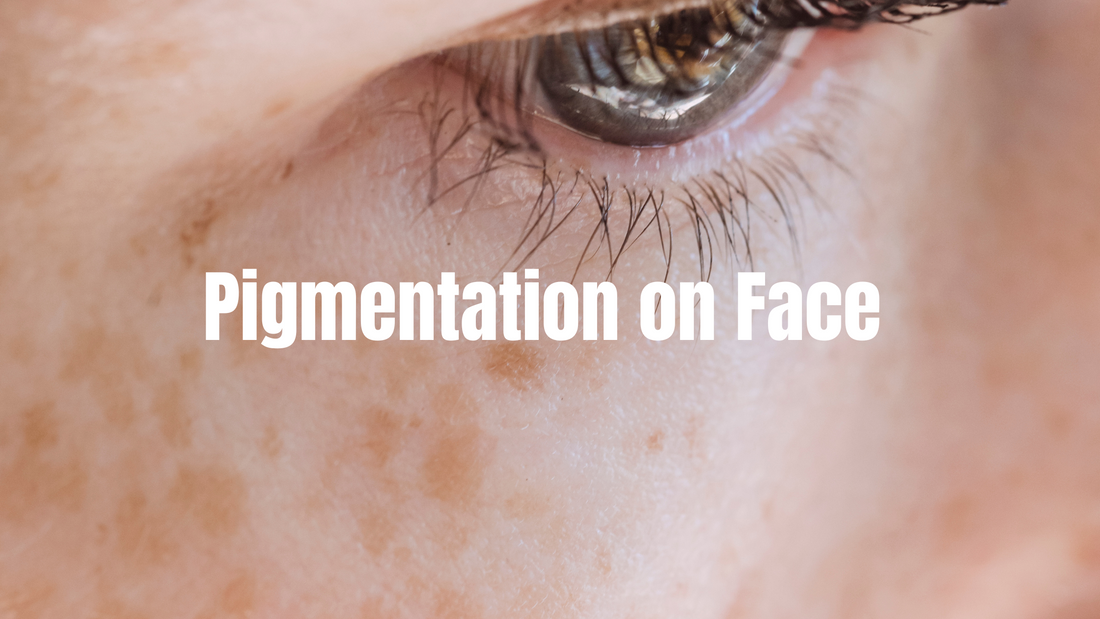
Pigmentation on Face
Let's continue our discussion about skin in our forties and beyond ... because we often overlook one problem: pigmentation issues. It's understandable why melanin production becomes erratic during the perimenopause given all the hormonal fluctuations. Age spots, uneven skin tone, and those dark spots that seem to appear overnight are the results of this.
Your skin's natural pigment and defence against UV rays is called melanin. However, it can leave behind pigmentation issues like melasma, sun spots, and post-inflammatory marks when it goes into overdrive, which is frequently brought on by pregnancy, stress, or hormonal changes.
Furthermore, many people are unaware that one of the main causes of pigmentation and early ageing symptoms is skipping SPF, particularly mineral SPF. When the skin is exposed to the sun continuously without protection, collagen degradation speeds up.
What are the best mineral, chemical-free, and spectrum sunscreens?
This section can be confusing, so let's break it down clearly. Mineral SPF, chemical-free SPF, and broad spectrum SPF all relate to the same class of physical sunscreens that shield your skin from UVA and UVB rays by reflecting sunlight and remaining on top of it.
In contrast, chemical sunscreens (the ones you buy at the last minute at the airport) absorb into the skin, produce heat, and need to be reapplied every two hours to remain effective. When attempting to prevent pigmentation, this is not the best option.
Mineral sunscreens aren't the same. They are perfect for hormonal skin since they don't irritate the skin and don't penetrate it. Additionally, many now come in lovely tinted suncream options that protect and even out uneven skin tones.
Unfortunately, most people only use sunscreen during the summer. However, studies indicate that year-round sun exposure is responsible for up to 80% of skin ageing. Be prapare this year get to know your best options.


